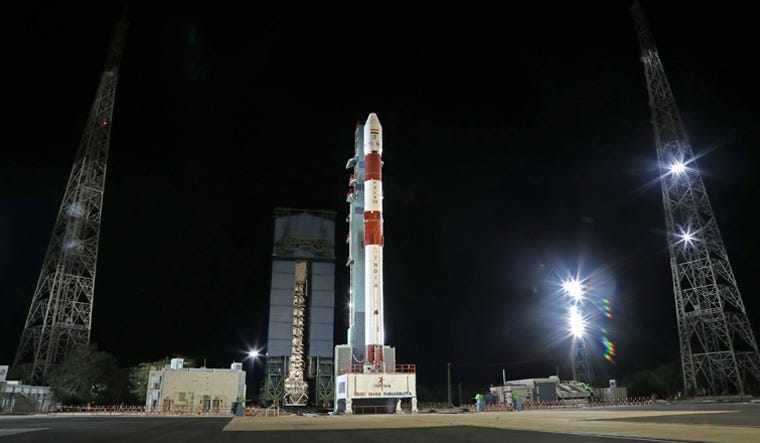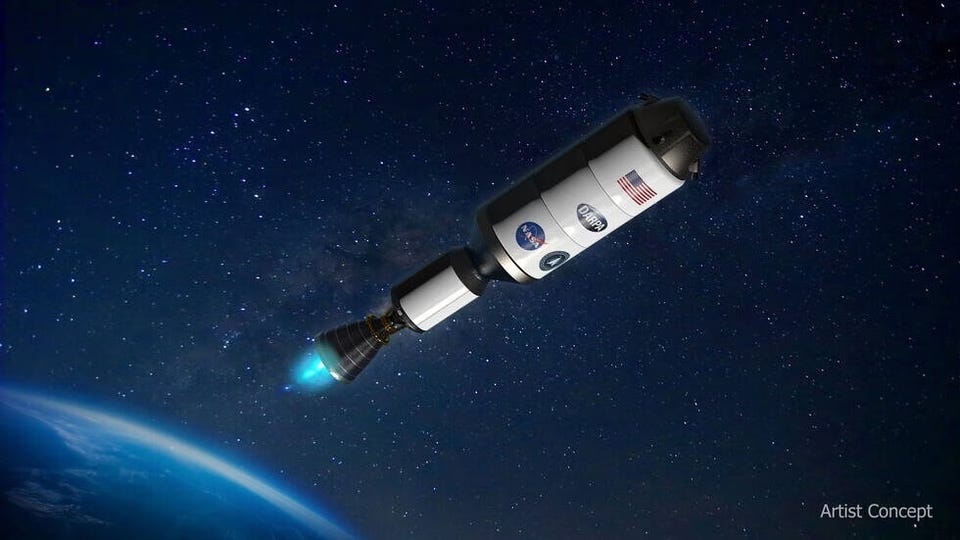ISRO launches 7 Singaporean satellites
The Indian Space Research Organization (ISRO) launched 7 more of Singapore’s satellites today. The main payload is a satellite called the DS-SAR. The satellite is a sophisticated imaging satellite equipped with Synthetic Aperture Radar or SAR (an instrument that creates detailed images by emitting microwave pulses and recording their reflection). The sattelites were put in orbit by ISRO’s a PSLV-C56 rocket. The unique part of the launch is that after putting the satellites in orbit, the rocket is going to use its leftover thrusters to put itself into a lower orbit so as to decrease its orbit time so that it can fall back to earth instead of becoming space debris.
NASA reveals blueprints for nuclear rocket
Last week NASA revealed its latest blueprints for its nuclear-powered rocket called the Demonstration Rocket for Agile Cislunar Operations (DRACO). The new rocket will be designed to run on nuclear energy instead of liquid hydrogen-like other rockets. The rocket is designed with the aim of getting people to Mars in the shortest amount of time possible which is around 2 months. The same journey would take 7 months on a regular rocket. DRACO is going to be ready for testing in outer space by 2027.
SpaceX launches largest communication satellite ever
Last week SpaceX successfully put the world’s largest-ever satellite into geostationary orbit. The satellite called Jupiter-3 is a communications satellite by Hughes and is significantly large compared to other communication satellites with a wingspan as big as a commercial aircraft.
Webb finds rapidly forming star
NASA’s James Webb telescope recently found a fascinating new object 1,470 lightyears away from the Earth. After being analyzed by experts, this object was found to be a pair of stars in the process of forming. The new stars, collectively known as Herbig-Haro 46/47 are rapidly evolving stars and can help us get a better understanding of how stars accumulate mass over long periods of time.





